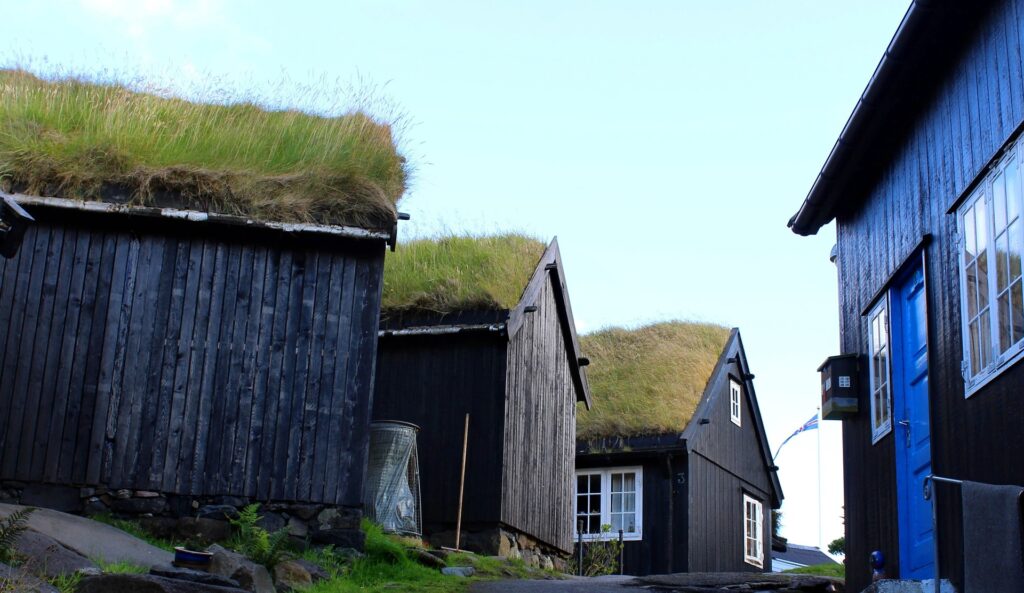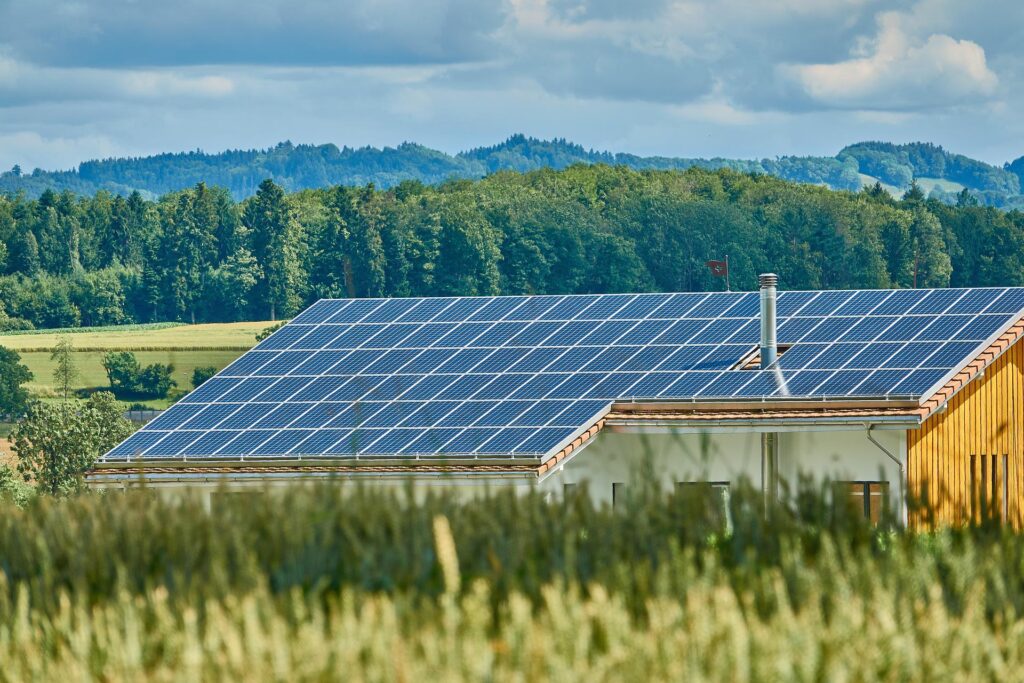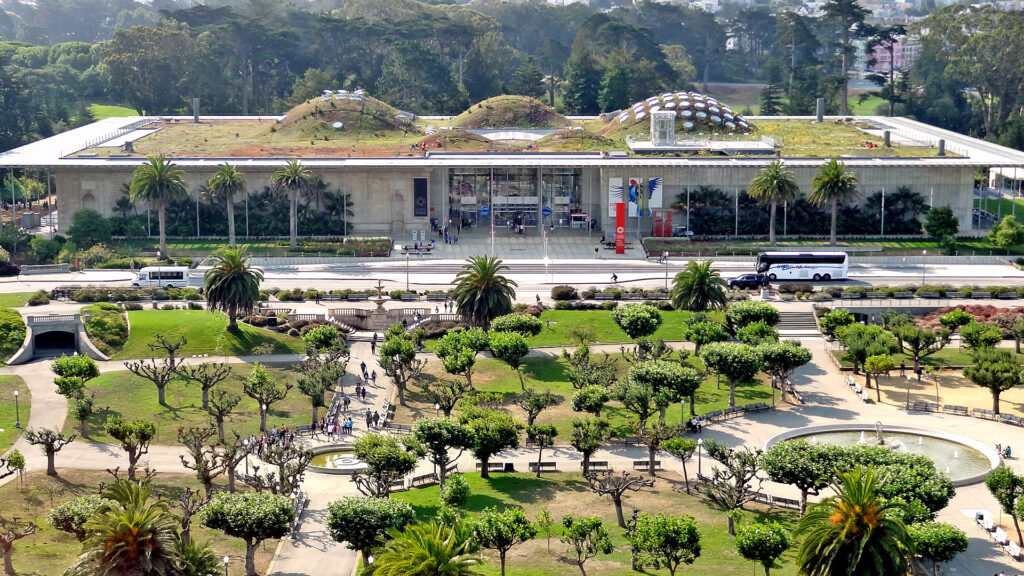France announces that roofs will have to be covered with plants or solar panels
The French Parliament has passed a law requiring all new buildings in commercial zones to be partially covered by plants or solar panels. In an effort to make France greener, all new buildings in the country’s commercial zones will have to comply with the new environmental legislation.

The law requires businesses to partially cover roofs with plants or install solar panels to generate electricity. Green roofs are becoming an increasingly popular feature of city infrastructure around the world. This is because:
- they can absorb 50-80% of annual rainfall
- They create habitats for biodiversity
- They are aesthetically pleasing
- They transform city rooftops into usable structures, such as parks, vegetable gardens or office recreation areas
- They reduce indoor temperatures and the urban heat island effect.

The city of Nantes is already doing its part. The municipalities’ hedgerows in Nantes Métropole, European Green Capital 2012, include 41,000 hedge trees. These trees are particularly found in the many public and private green spaces, parks and green belts. It is estimated that there are 100,000 trees in the Municipality of Nantes alone, which gives an idea of the size of this veritable “urban forest.” The Nantes Tree Charter provides the tools to protect and develop trees in the city.
It is important to reward cities that strive to improve the urban environment and move toward healthier and more sustainable living areas. The European Green Capital Award encourages cities to improve the quality of life for their citizens and reduce their impact on the global environment.
Cooler summers in the city thanks to appropriate building materials
Scandinavia
In Scandinavia, “green roofs” have been a reality for hundreds of years. They absorb rainwater, reduce winter heating and summer air conditioning costs, provide insulation, and are long-lasting.
Probably as far back as prehistoric times, houses have been built with these beautiful roofs filled with turf, shrubs, and plants. During Viking rule and in the Middle Ages, most houses had sod roofs.

California Academy of Sciences
A huge green roof that of the San Francisco Museum of Natural Sciences designed by Italian architect Renzo Piano, filled with grasses that change appearance in every season, capture moisture making good use of it and do not steal groundwater.
No air conditioning system for this building but 55 thousand multi-crystalline photovoltaic cells, moreover, natural lighting is guaranteed in 90 percent of the rooms and the green roof allows the recovery of rainwater saving about 13 million liters per year.
The steel structures are made from 95 percent recycled metal, and the thermal insulation is made from industrial processing waste, especially blue jeans.
These innovations make the California Academy of Sciences the most sustainable building in the world.
Source: https://ec.europa.eu





